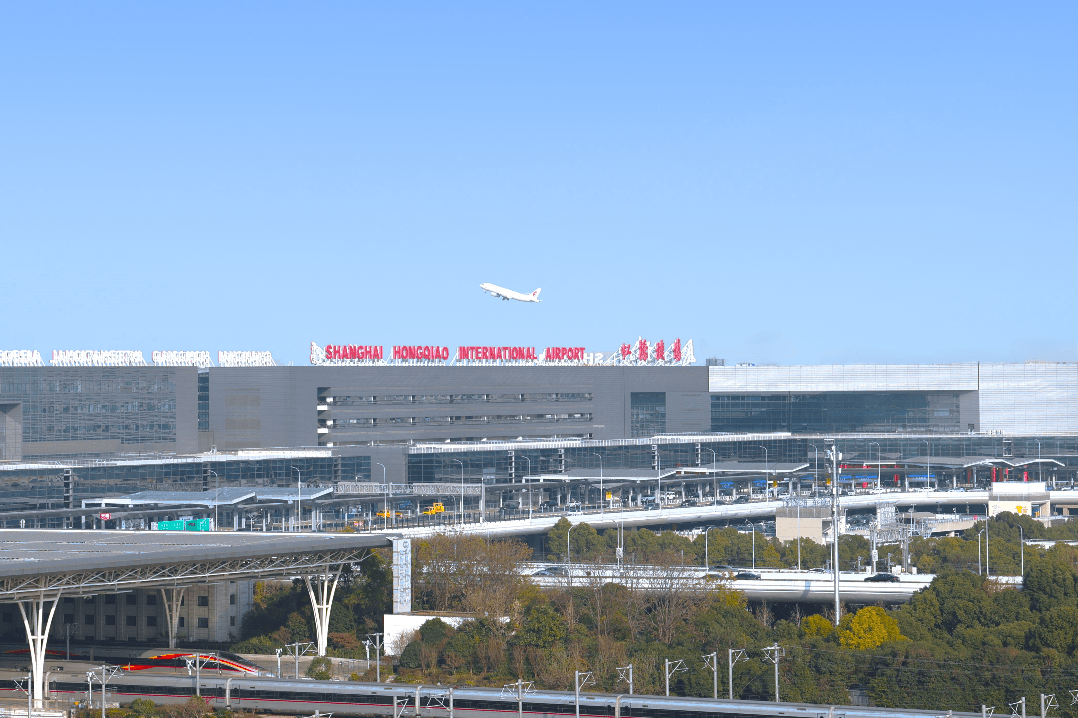
Massachusetts is launching a transformative initiative to address its housing crisis by repurposing surplus state-owned properties.
Gov. Maura Healey has released more than 450 acres of unused land, aiming to create up to 3,500 new housing units across the commonwealth.
The move is part of a broader strategy to accelerate development, reduce costs, and meet the state’s urgent housing needs.
Brockton project exemplifies the vision
One of the first projects is unfolding in downtown Brockton, where developer Joseph Goncalves, president of New Vision Enterprises, is converting a long-vacant state unemployment office into a mixed-use residential and commercial building.
“Downtown Brockton has a lot of vacant buildings that have been underutilized and primed for real estate development,” Goncalves said. “We’re turning this underutilized office building into 40 residential units — one, two, and three bedrooms — with commercial storefronts on the ground level.”
The only hospital on Martha’s Vineyard is building its own housing so health care workers have a place to stay on the island. Its president says it’s the highlight of her 40-year career.
The building, over 100 years old and listed on the National Register of Historic Places, will be renovated in collaboration with the National Park Service and the Massachusetts Historic Commission to preserve its architectural integrity.
“I’m really excited to bring back the breath of life that this building once had and make it useful in today’s day and age,” Goncalves said.
The project is expected to take 12 to 18 months for pre-development, with construction to follow.
Goncalves is assembling a capital stack with support from state programs and praised the partnership with state agencies during permitting and due diligence.
DCAMM Commissioner Adam Baacke emphasized the significance of the Brockton redevelopment.
“They’re already doing work building housing around that building, and they’re going to create almost a new neighborhood in that part of downtown Brockton,” Baacke said. “It’s exciting to see a homegrown developer team doing something for their home city.”
Salem State project: A model for collaboration
Another flagship development is underway in Salem, where AvalonBay Communities and Winn Development are transforming 23 acres of surplus land on Salem State University’s South Campus into a mixed-income housing complex.
David Gillespie, senior vice president of AvalonBay, described the project as a “win for everyone.”
“The development team wins because we get access to the site. The state wins by supporting its housing goals and receiving proceeds,” he said. “Salem State reinvests in its core campus. The city of Salem gets housing and new tax revenue. And the community gains senior, affordable, and market-rate housing.”
AvalonBay is building 340 units — 80% market rate and 20% affordable — while Winn Development is constructing 135 to 150 deeply affordable homes, including senior housing. The developers expect to contribute $1 million annually in property taxes.
“These sites are unique,” Gillespie said. “They’re large, already developed, and in great locations. That’s the No. 1 thing in real estate.”
The project was awarded through a competitive RFP process that prioritized community vision over highest bid.
“The state doesn’t just go to the highest bidder,” Gillespie explained. “They consider the proceeds and the overall vision for the community — and I think our vision carried the day.”
State strategy: Speed, scale and smart growth
Ed Augustus, Massachusetts’ secretary of housing and livable communities, explained that the initiative stems from an executive order by Healey directing agencies to identify surplus properties suitable for housing.
“We looked for locations that were attractive to developers, of sufficient size to make sense in the marketplace, and no longer needed by the state,” Augustus said.
We sat down with Ed Augustus to talk about the MBTA Communities Act and other solutions the state is exploring to improve housing needs in the state.
The Affordable Homes Act, signed into law in August of 2024, gives the governor expanded authority for five years to bypass lengthy legislative processes that previously delayed land transfers by 12 to 18 months.
“Now, once we identify surplusable land, we can move much quicker to get it into the marketplace and start building housing,” Augustus said.
Baacke added that the act also created powerful incentives for developers.
“Development of housing on these parcels is essentially as-of-right,” he said. “Municipalities can manage certain aspects, but they can’t deny the development of these properties for housing purposes”
This change dramatically reduces entitlement risk—one of the biggest barriers to housing development — and makes projects more attractive to investors.
“By enabling a clear directive that these properties can be developed at a minimum of four units per acre as-of-right, it eases the uncertainty developers face,” Baacke said.
Housing advocates applaud the initiative
Emily Haber, CEO of the Massachusetts Association of Community Development Corporations, called the governor’s announcement a critical step forward.
“It is not lost on anyone that we have a housing crisis in Massachusetts,” Haber said. “Both the lack of affordable housing and resources to build more housing is quite acute.”
She emphasized that making surplus land available lowers barriers for developers and accelerates project timelines.
“Developing housing on this land would potentially cut the time it takes to put together a project by at least a year,” she said. “The longer it takes, the more expensive it becomes.”
Haber cited the 2024 Greater Boston Housing Report Card, which found that 40% of publicly owned land in Greater Boston is vacant and not reserved for conservation. If just 5% of that land were developed at a density of 15 units per acre, it could yield 85,000 new units.
“That’s just Greater Boston,” she said. “If you extrapolate statewide, we could come closer to the 220,000-unit goal the governor has set.”
Changing the development landscape
Gillespie praised the administration’s efforts to address land and zoning constraints, citing the MBTA Communities Act and the “Unlocking Housing Production” report.
“There’s more than enough demand and capital,” he said. “But we don’t have the sites or the zoning. The administration is working hard to solve that.”
He also noted a shift in public sentiment.
“For the first time in my career, I feel there’s momentum behind solving the housing crisis. People are starting to understand that not building housing is causing people to leave the state.”
What’s next?
DCAMM is actively preparing the next round of property dispositions, including auctions and RFPs.
Baacke emphasized that the agency is working closely with municipalities to pre-plan and pre-entitle redevelopment visions, making future projects even more attractive to developers.
“We’re uncovering opportunity properties that a simple database search might not have revealed,” he said. “This initiative is enabling us to partner with a much broader range of developers than ever before.”
Five more sites are scheduled to go up for auction on Sept. 10, part of a growing pipeline designed to unlock more land for housing development.
As Goncalves put it, “It’s just definitely a long road ahead, but I think it’s well worth it.”






